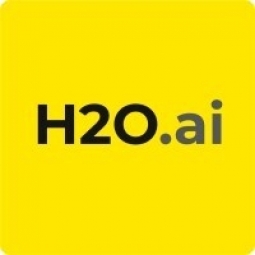H2O.ai
Case Studies
Solving Customer Churn with Machine Learning
Overview
 |
Solving Customer Churn with Machine LearningH2O.ai |
Analytics & Modeling - Machine Learning Analytics & Modeling - Predictive Analytics | |
Finance & Insurance | |
Sales & Marketing | |
Predictive Maintenance | |
Data Science Services | |
Operational Impact
| Improved churn metrics and accuracy of information delivered to both executive and operational teams. | |
| Increased speed at which models could be run, giving teams immediately actionable data. | |
| Created more sophisticated and effective programs to reduce churn built around the output of the H2O machine learning algorithms. | |
Quantitative Benefit
| Reduced modeling time from 6-7 hours to less than 30 minutes. | |
| Reduced scoring time on the entire customer base from 72 hours to significantly less. | |


